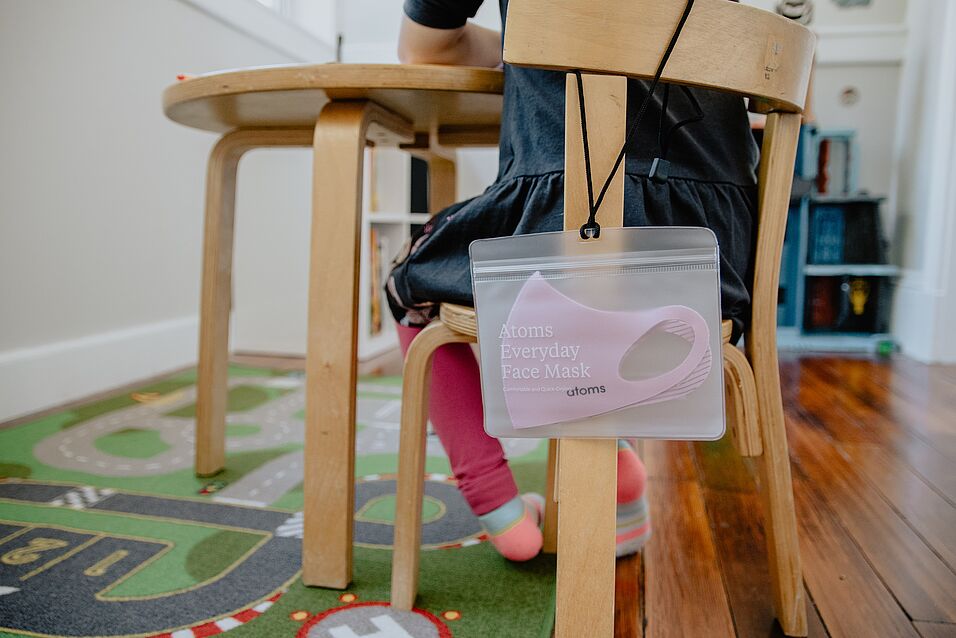In our article "The social meanings of artifacts: Face masks in the COVID-19 pandemic" (published April 2022 in Frontiers of Public Health), we discuss the different meanings that wearing masks had for people in five European countries during the first year of the COVID-19 pandemic. We draw on a total of 413 qualitative interviews with residents of Austria, Belgium, Germany, Ireland, and Switzerland. We spoke to the same individuals at two different points in time: We conducted the first interview in April 2020, when there was still no solid, scientific evidence regarding the effectiveness and efficacy of face masks. Six months later, in October 2020, we spoke again with the same interviewees. At that time, there was a consensus in the scientific community that masks were an effective means of containing the pandemic.
At the beginning of the pandemic, people who wore face masks were often viewed negatively and treated accordingly. This changed in the fall of 2020: now those without face masks experienced this stigma. Thus, we show a fundamental shift in the perception of masks beginning with skepticism and uncertainty in the spring of 2020 to general acceptance as a protective tool in October of the same year. Furthermore, our interviews show that masks are a communicative tool. People communicate with them nonverbally, without words, and demonstrate moral action with them. For example, one Belgian participant describes putting on the mask when something is picked up at her front door. Even though she does not consider this epidemiologically necessary, it has become a form of politeness, and thus morality, for her. In addition, however, we also highlight the obstacles to relationships and communication that masks presented, such as feelings of alienation in April 2020 or demonstrations of polarized attitudes in October 2020. Masks were also perceived as obstacles to nonverbal communication and, accordingly, were identified during the COVID-19 pandemic as signs of both the normal and the abnormal. For example, in April, a German participant stated that she was concerned that people would become alienated by wearing masks, but in October, participants* were intrigued by the rapid adoption of the mask as a daily item.
Although the results were similar across participating countries, we found individual differences in mask use and perception within each country. What unites these differences, however, is that masks served as a kind of script for people: they became social artifacts and signposts to help navigate during the pandemic.
Our qualitative study about the changes in the meaning and perception of face masks complements existing quantitative research by focusing on the motives for wearing masks and their impact. In doing so, our findings highlight the need for a more comprehensive understanding of "scientific evidence" regarding masks. To date, scientific evidence has been mostly limited to epidemiological and infectological data. This lacks a view of social and personal meanings of mask wearing. Our research shows that these play a key role in shaping everyday practices. This knowledge is valuable for policymakers* developing rules and policies for mask use. Compliance is embedded in everyday practices and can only be promoted if not just epidemiological and infectological data, but also social and personal meanings are taken into account.
This study is published in a scientific journal:
Schönweitz, Franziska, Johanna Eichinger, Fernandos Ongolly, Wanda Spahl, Janneke Kuiper, Barbara Prainsack, & Bettina Zimmermann. 2022 ‘The social meanings of artefacts: Face masks in the COVID-19 pandemic.’ Frontiers in Public Health.

